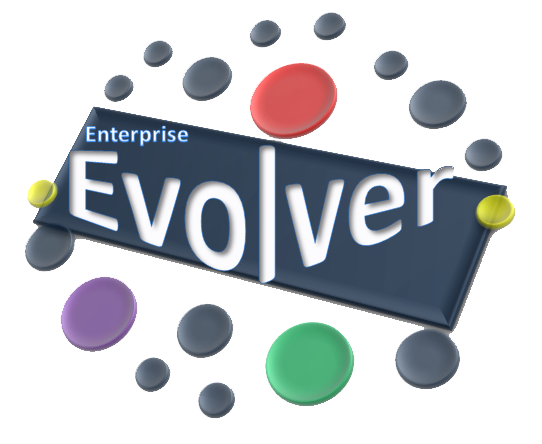When presenting information to business stakeholders about cloud services to make investment decisions, it is important to provide a clear and comprehensive overview of the specific service being considered. This should include information on the service’s capabilities, scalability, security measures, and pricing model. It is also important to discuss the potential risks and limitations of the service, as well as any necessary steps or resources required for implementation. Overall, the goal should be to provide stakeholders with a thorough understanding of the service and its potential impact on the business, so they can make an informed decision about whether or not to invest.
So, how should a business or enterprise architect go about creating the architecture to support business strategy and goals? Business architecture practices and models can be used to create a microservice architecture by providing a clear understanding of the organization’s overall goals and objectives, as well as the specific processes and capabilities needed to achieve them. By identifying the various business domains and business capabilities that make up the organization, microservices can be identified. When you think about microservice, think of them as level 4 or 5 capability statements (e.g. the ability to create customer information, the ability to view customer information, or the ability to analyze customer feedback information, etc). Microservices are a way of structuring a software application as a collection of small, loosely coupled services that can be developed, deployed, and scaled independently.
Business architects can map business capabilities to the appropriate microservices. This allows for a clear alignment between the business needs and the technical solution, ensuring that the microservices are designed and implemented in a way that supports the organization’s overall strategy. Additionally, by using business architecture models, organizations can also identify potential points of integration and dependencies between different microservices, helping to ensure that the overall architecture is cohesive and efficient. Overall, by utilizing business architecture practices and models, organizations can create a microservice architecture that effectively supports their business goals and outcomes. Cloud architects could review the list of microservices and identify appropriate cloud services from cloud vendors. For example, to support the microservice “Feedback Analysis”, cloud architects can recommend AWS Comprehend service.
To present the complete architecture to business stakeholders, you need an easy-to-use intuitive enterprise architecture tool like ‘Enterprise Evolver‘, to depict the relationship between business capabilities to microservices and the cloud vendors providing those microservices. For example, it can indicate which microservices are running on Amazon Web Services (AWS), Microsoft Azure, or Google Cloud Platform. This information can be valuable for business stakeholders as they can use this to understand the vendor lock-in and make informed decisions about their cloud vendor strategy. Additionally, the tool can provide detailed information about the specific cloud services being used, including their costs, performance, and security features, which can help stakeholders make informed decisions about their use. Enterprise Evolver (for iPad) can empower business stakeholders to better understand and optimize the use of microservices and cloud vendors to support their business capabilities. A map like this can be created to give business stakeholders a complete picture.


Click for a short demo of Enterprise Evolver
#EnterpriseArchitecture #EAtool #architecturemanagement #digitaltransformation #enterpriseITarchitecture #cloudarchitecture ##microservices #microservicearchitecture #cloudcomputing #businessarchitecture #businessarchitect #businessanalysis #solutionarchitect #solutionarchitecture #strategy #strategyexecution #businessoutcomes






